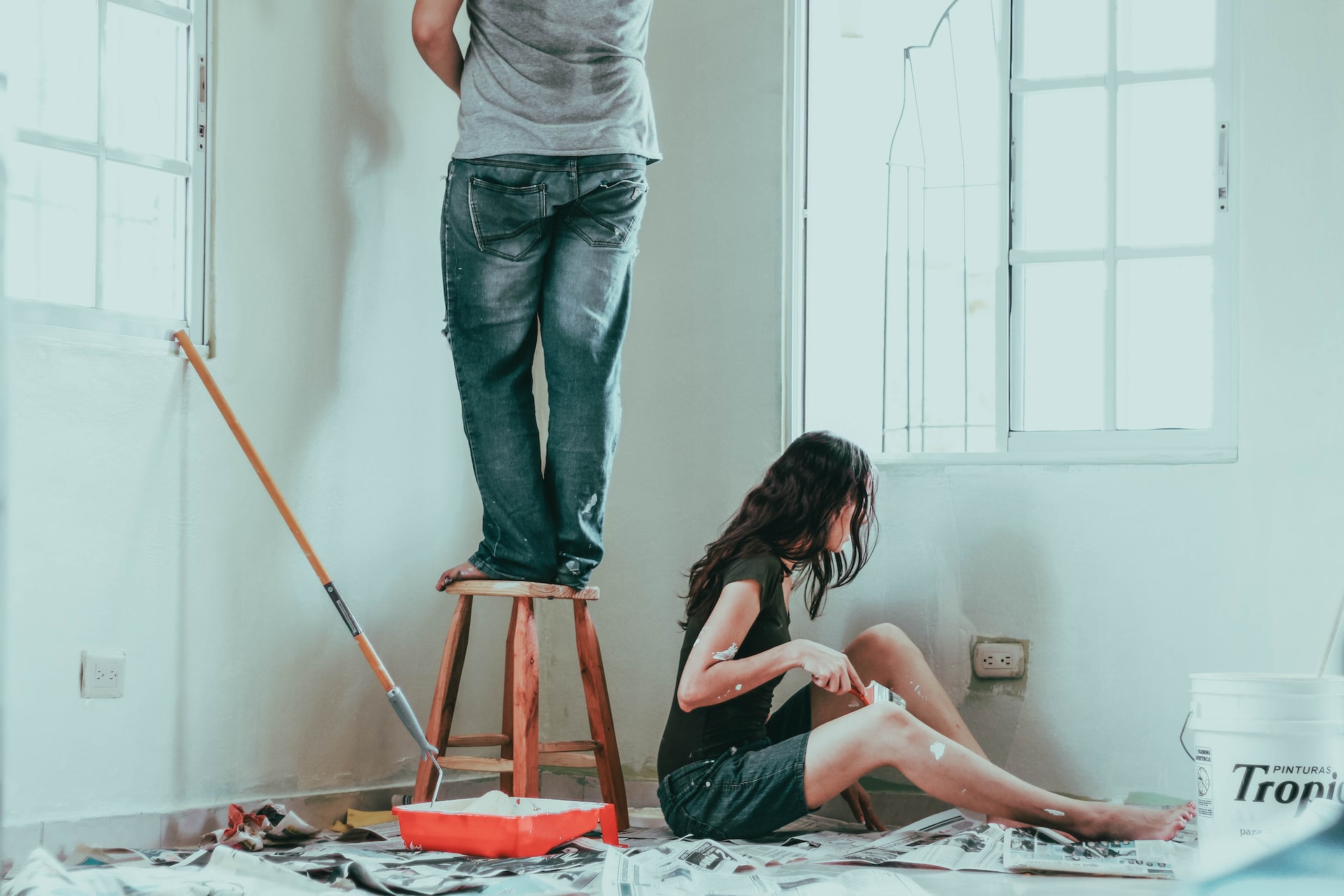Essential steps for home improvement
- Determine your budget and timeline.
- Identify the areas of your home that need improvement.
- Research and plan your project.
- Hire a professional or DIY.
- Obtain necessary permits and inspections.
Table of Contents
What are the essential steps for home improvement
Planning
Before beginning any home improvement project, it’s important to plan out all the details. This includes creating a budget, determining the scope of the project, and deciding on a timeline.
Researching
Researching different options and materials is an important step in the planning process. This can include looking at different styles and designs, as well as researching different brands and products.
Hiring a contractor
If the project is large or complex, it may be necessary to hire a professional contractor. Make sure to check references and credentials before hiring anyone.
Obtaining permits
Many home improvement projects require permits and approvals from local authorities. Make sure to obtain all necessary permits and approvals before beginning the project.
Preparing the area
Before starting any construction or renovation work, make sure to protect your flooring and furniture, and to properly prepare the area for the work to be done.
Executing the project
Once all the planning and preparation is done, it’s time to start the work. Be sure to follow all safety guidelines and to use proper tools and equipment.
Cleaning and finishing up
Once the project is completed, clean up the work area and dispose of any debris or waste. Then, inspect the finished work to ensure that it meets your expectations and that all necessary repairs or touch-ups have been done.
Maintenance
Once the home improvement project is complete, it is essential to maintain the new space, this includes regular cleaning, painting, and repairs to ensure it stays in good condition.
Here are some more steps for home improvement
1. Set a budget and timeline. Home improvement projects can be expensive, so it’s important to set a budget and stick to it. You should also set a timeline for completion, so that you don’t get overwhelmed.
2. Do your research. There are a lot of different options available when it comes to home improvement, so it’s important to do your research and find the best products and services for your needs. You can read online reviews, ask for recommendations from friends and family, or get quotes from multiple contractors.
3. Get permits and inspections. If you’re making any major changes to your home, you may need to get permits and inspections from your local government. Be sure to check with your city or county clerk’s office to find out what’s required.
4. Hire a professional. If you’re not comfortable doing the work yourself, it’s a good idea to hire a professional contractor. This can be especially important for major projects, such as a kitchen or bathroom remodel.
5. Be prepared for the unexpected. Home improvement projects can often go over budget or take longer than expected. Be prepared for these possibilities and factor them into your planning.
By following these steps, you can ensure that your home improvement project is a success.
Here are some additional tips for home improvement:
Get multiple quotes. Don’t just go with the first contractor you find. Get quotes from at least three different contractors before making a decision.
Get everything in writing. Make sure you have a written contract with your contractor that includes the scope of work, the timeline, the cost, and any other relevant details.
Make payments as work is completed. Don’t pay your contractor the full amount up front. Instead, make payments as work is completed. This will help to protect you in case there are any problems with the project.
Be patient. Home improvement projects can take time. Be patient and don’t expect everything to be perfect overnight.
10 home improvement ideas
1. Install energy-efficient windows to reduce heating and cooling costs.
2. Upgrade your kitchen by replacing old appliances with new, energy-efficient ones.
3. Add a fresh coat of paint to your walls to give your home a new look.
4. Install a new front door to improve your home’s curb appeal.
5. Replace old, worn-out flooring with new hardwood, tile, or carpet.
6. Install a new HVAC system to improve your home’s energy efficiency and air quality.
7. Add a deck or patio to your backyard to create an outdoor living space.
8. Install new lighting fixtures to brighten up your home and improve its ambiance.
9. Upgrade your bathroom by replacing old fixtures and adding new tile or a new vanity.
10. Add a home automation system to control your home’s lighting, temperature, and security from your smartphone.
Good to read

